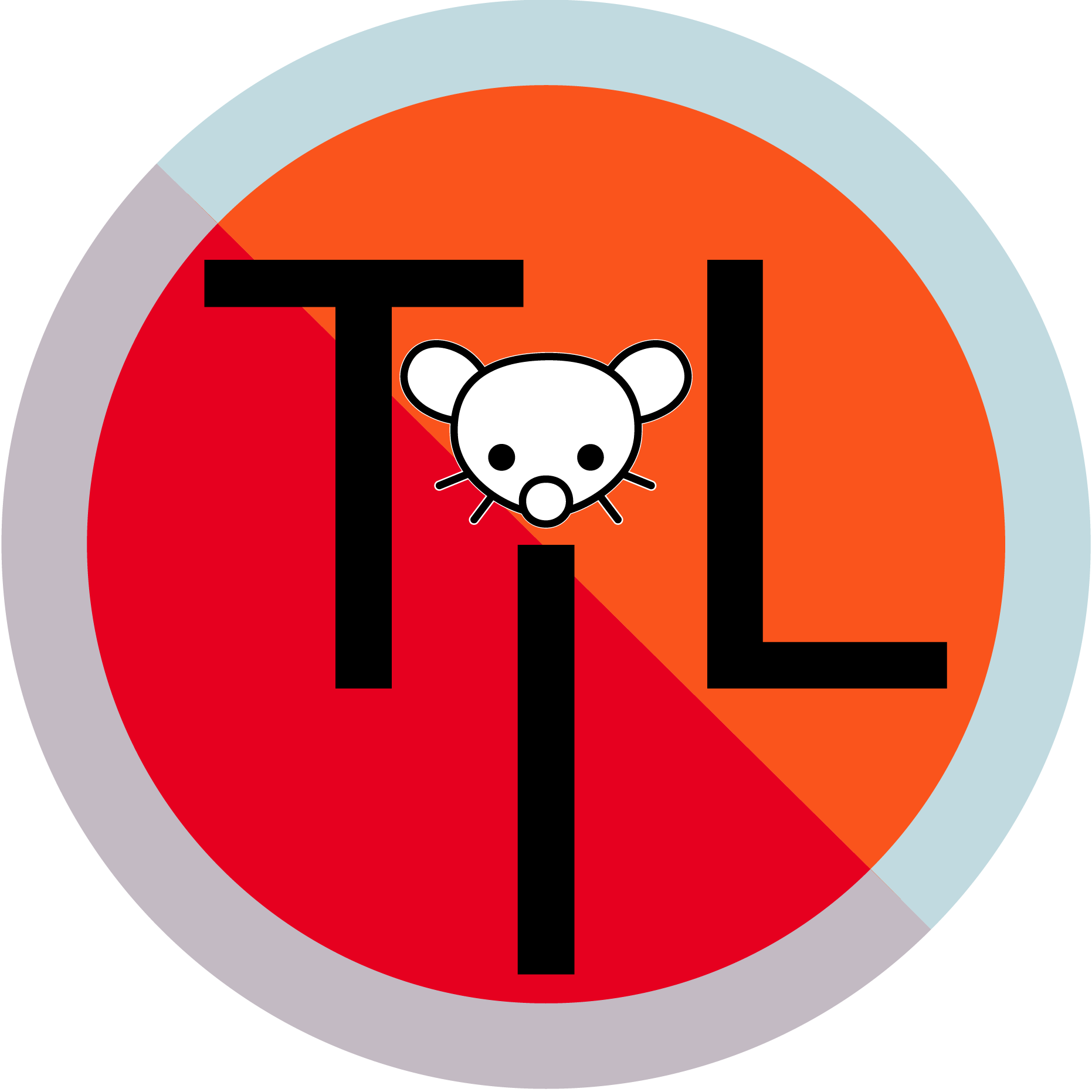

Ah! Yeah it’s been a while but I seem to recall seeing alkaline batteries in a some freezers or refrigerators sometimes when I was a kid, along with other curiosities like rolls of film. No one ever explained why.


Ah! Yeah it’s been a while but I seem to recall seeing alkaline batteries in a some freezers or refrigerators sometimes when I was a kid, along with other curiosities like rolls of film. No one ever explained why.


IIRC freezing accelerates the chemical degradation of lithium ion (especially if you attempt to charge the battery at the same time) and tends to lower both the voltage and amperage of most battery chemistries, but it seems plausible that this might
Regardless, for those tuning in at home, best to keep your batteries out of the freezer, especially lithium types, unless spicy pillows are what you’re after.


Hmm, you’re right. At a guess, this field might represent the maximal combined interest of both scientific and pedestrian readership within technology research, since on the one hand energy density and storage logistics is the key limitation for a ton of desirable applications, and on the other most consumers’ experience with batteries establish them as a major convenience factor in their day-to-day.
Edit: you’re*


I can’t explain the psychology behind it, but this really simple design technique apparently still works.
Apparently some men need a reason to aim, and will continue doing so even after they realize they’ve been bamboozled.


Love that word/anecdote! It’s a good example of a German compound word but it’s also one of the silliest examples of male identity gatekeeping I’ve heard of.


How are energy and power “loose terms”? Energy might be difficult to fully explain rigorously, but it’s one of the fundamental elements of our universe. And power is just energy over time
Well, you yourself just provided the example, since your definition of energy and power are the inverse of the definitions used in the video.
It’s the fact that people use them differently or interchangeably that makes them “loose” IMHO.


He’s making a point about instantaneous versus overall energy use, which it sounds like you already understand. “Power” and “energy” are kind of loose terms IMO, which could confuse that conversation a bit.
But for anyone still scratching their head:
The typical energy consumer need only consider watts (w, kw) when accounting for circuit capacity. For example, if your hair dryer pulls 1600 watts, don’t use it on a 1500 watt outlet, or you will likely trip the circuit breaker.
Otherwise “watt-hours” (wh, kwh) is likely the metric you’re looking for when considering energy use. This is a certain amount of power drawn over a period of time, where 1 watt over 1000 hours and 1000 watts over 1 hour are both equal to 1 kilowatt-hour (kwh), which is the standard unit you likely see in your electric bill.
It’s why low but constant power draw can significantly impact energy use. For example, a typical laptop pulls fewer than 100 watts, lower than many appliances in your house, but if it draws that much power all the time, it might significantly impact your electric bill. Conversely, an electric kettle / coffee maker might pull as much as 1300 watts while in use, more than most appliances in your house, yet it probably represents a minuscule portion of your electric bill, since it only runs long enough to boil a small amount of water with each use.
Edit: include tea drinkers, add more concrete examples


you could at least
Note: here “it would be nice if” is more polite, since the least one could have done is always
My impression is that retroactive opt-out data grifting represents the lion’s share of user data sales today, and that it’s a popular strategy because it works.
The formula: appraise the data and find your buyers in advance. THEN update the privacy policies to include the data you want to sell. That way, the moment new policies go into effect, all you have to do is hit the transfer button.
After that, it’s done. Users that find and flick your new opt-out toggle only stop you from selling their data to additional buyers, and that’s nbd since data brokers only pay top-dollar for exclusive access to stuff that’s not already on the market.
It’s why I consider the introduction of any opt-out privacy policy an explicit admission of data theft.